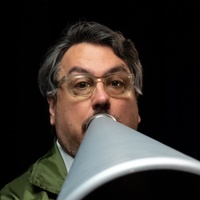On creating from a personal place
Prelude
Based in Montreal, Marie-Ève Lecavalier established LECAVALIER in the summer of 2016. After completing studies at l’Université de Québec à Montréal, Lecavalier earned an MA in Fashion Design and Accessories from HEAD in Geneva. During her university years, she worked alongside designer Ying Gao and completed internships at Alexander Wang and Raf Simons. In the spring of 2018, Lecavalier was awarded the Chloé Prize at the Hyères International Festival of Fashion and Photography for a look created in honor of the house, as well as Special Mention from the jury chaired by Haider Ackermann. Her collection, “COME GET TRIPPY WITH US,” seduced the international press for its sophistication in technique, use of materials, and elegant wearability. Lecavalier spent her childhood in the suburbs of Montreal, which now represents the epicenter of her creative universe.
Conversation
On creating from a personal place
Fashion designer Marie-Eve Lecavalier discusses how to make something unique, the value of patience, and why artists shouldn't let awards affect what they do.
As told to Yang Shi, 1133 words.
Tags: Fashion, Inspiration, Creative anxiety, Process, Success, Focus.
I know a lot of people have probably asked you this question, but why did you choose to become a fashion designer?
I’ve been sewing since I was five years old and was captivated by fashion shows on television as a kid. I always saw high fashion as something unattainable for someone with my background, but I knew that I should at least try. Now it’s just part of who I am, but it was initially motivated by a deep intuition, one I worked hard to pursue.
You’ve mentioned that your upbringing and personal history play a significant role in your collections. Can you tell us how these influences shape your design process today?
As a designer, the only way to create something unique is to dig deep into who you are and what has shaped your creative mind. I think all artists do this in some way; it’s also a form of therapy. Using memories from my childhood and my desire to escape my circumstances back then shaped me. It’s become normal for me to tap into core memories and my background to create something different, or at least something that resonates with others.
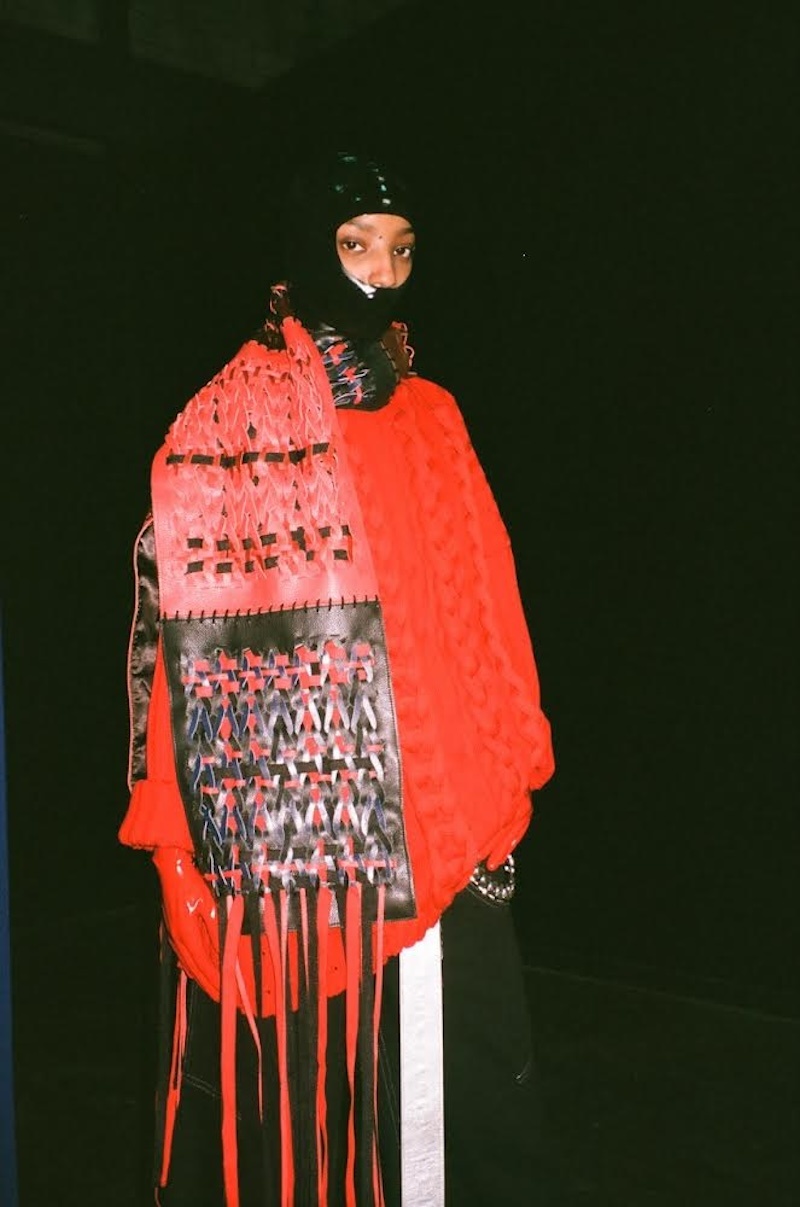
Your designs have a distinctive balance between boldness and craftsmanship. How do you approach blending innovative techniques, like your interlocking leather, with a retro-inspired aesthetic?
I don’t really focus on the retro-inspired aesthetic anymore. That was part of my earlier collections, but now I’m more focused on garment shape, patternmaking, and textile development. I’m always trying to find a balance between design and bold textile techniques that allow me to question the iconography of clothing in my own way.
Lecavalier pieces often seem to balance masculine and feminine energy. What draws you to these opposing elements, and how do you bring everything together seamlessly?
As a kid, I was often misgendered, and I was never a big fan of overtly feminine aesthetics. I’ve always taken elements from men’s wardrobes, and as I grew up, I didn’t want to attribute gender to my designs but rather express a powerful, unique “feminine” energy. This is my way of defining gender without conforming to the traditional expectations of the cisgender male gaze. In many ways, it’s a political statement.
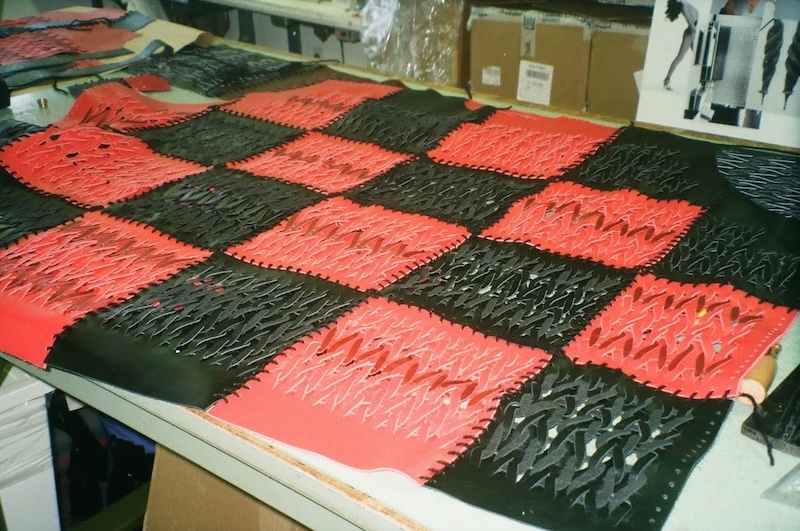
You’ve spoken about creating “modern armor” for women. What kind of woman do you imagine wearing your designs, and how do your pieces empower them in their daily lives?
I envision someone with a strong sense of intuition, intelligence, and extravagance they fully embrace, unconcerned with society’s ideas of what power should look like.
Sustainability is a central part of your work. What challenges have you faced in sourcing eco-friendly materials, and how do you stay true to your commitment to sustainability?
Sustainability’s biggest challenge has always been in production and relying on deadstock materials. Even though there’s an abundance, finding suppliers willing to support this process is difficult. Over the years, I’ve been fortunate to build strong relationships with suppliers who support this approach, even with the minimum quantities required. The industry’s major issue with sustainability is the minimum order quantities, which are often unrealistic for small brands, forcing us to find multiple solutions to keep our values intact.
As a Montreal-based designer who shows in Paris, how do you balance being rooted in your local community while navigating the international fashion scene?
I’m currently based in Paris. Over the past few years, I realized Canada and Quebec’s support systems weren’t sufficient to sustain my operations there. While people are happy to feature my face and name in their organizations, real support—like funding—is lacking for creative designers who don’t operate on a large scale. In Europe, I feel more understood and supported. The level of my work is respected here, without the need to constantly prove myself.
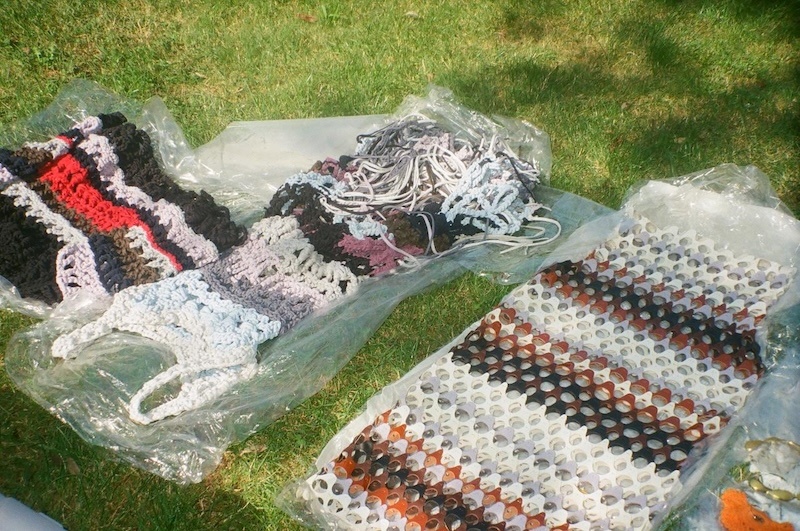
You’ve been nominated for prestigious awards like the LVMH Prize and the Woolmark Prize. How do such recognitions influence your creative direction, if at all?
They don’t, and they shouldn’t. Awards are nice, and you meet interesting people, but they shouldn’t affect your creative process.
Your collections are described as being personal yet universally appealing. How do you infuse such a personal touch into your work without losing broad audience engagement?
When you create from a personal place, that authenticity connects with a broader audience. For me, personal expression and broad appeal naturally go hand in hand.
If you weren’t a fashion designer, what would you do?
It’s hard to imagine doing anything else, but I’m really passionate about music. I’d find a way to work in the industry, though not as an artist—probably behind the scenes.
What do you think is the biggest misconception people have about being a fashion designer?
Many believe it looks easy, but if you come from a working-class family without private financing, the level of struggle is incredibly high. Young people also assume success should be instant and viral, but building a career in fashion is a long, gradual process. Patience is essential.
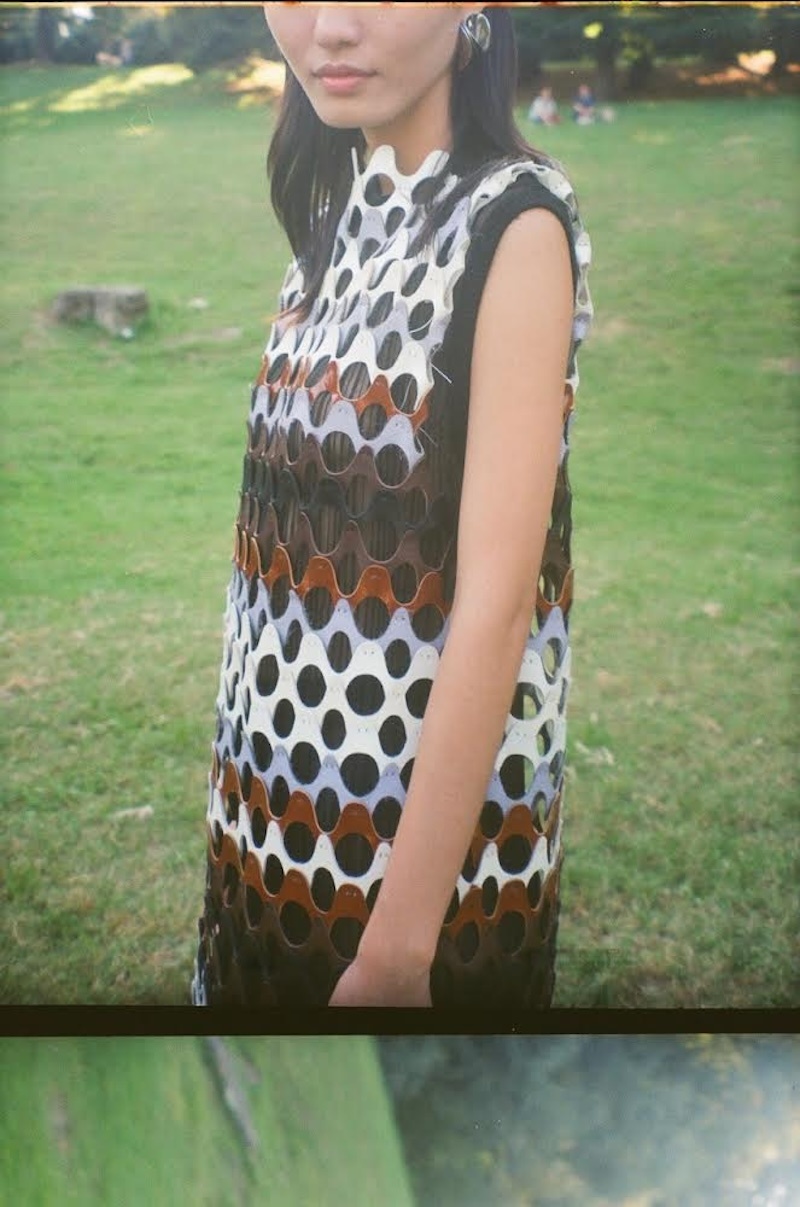
What advice would you give to emerging designers trying to find their voice in an increasingly competitive, fast-paced industry?
Stay true to yourself, follow your intuition, and filter out unsolicited advice, especially on the marketing side. We can’t control external factors—social, political, or economic—so even if you do everything right, it may not work out. But if you create authentically and build at your own pace, you’ll have that satisfaction to hold onto. No one truly has it all figured out; everyone’s just doing their best. Kindness goes a long way.
What’s next for you?
I’m currently working on a new approach for the brand, something more intuitive and free from traditional fashion calendars and expectations, which no longer seem relevant. I’m also searching for a long-term partner to eventually reintroduce seasonal collections, but for now, I just want to create freely without outside pressures.
Marie-Eve Lecavalier answers six flash questions:
Favorite movie? That’s tough—there are so many. Recently, Anatomy of a Fall stood out for its strong feminist message, which I really connected with.
Favorite song? Impossible to answer! Music is a huge part of my life in every form.
If you could only wear one designer, who would it be? Celine by Phoebe Philo.
Favorite celebrity? I’m not a fan of celebrities.
In three words, how would you describe the fashion industry? Too many men.
In three words, what do you wish for the future of fashion? Kindness, transparency, inclusivity.
- Name
- Marie-Eve Lecavalier
- Vocation
- fashion designer
Some Things
Pagination
